Natural Health Solutions
- The Well (Home Page)
- Water Cures Blog
- How To Do Water Cures
- What is Water Cures?
- Electrolytes & Salt
- Drinking Water
- Hire a Hydration Coach
- Acid Reflux
- Addiction Treatment
- Allergy Relief
- Blood
- Bones and Joints
- BP / Heart / Vascular
- Brain / Head / Mental
- Cancer
- Chronic Fatigue
- Cramps No More
- Dehydration
- Edema
- Fibromyalgia
- HIV / AIDS
- Immune System
- Lungs / Respiratory / Cough
- Lupus
- Lyme Disease
- Multiple Sclerosis
- Pain
- Skin Care
- Urinary Tract Infection
- Womens Health
- Water & Weight Loss
- Student Grades
- Survivalist Health Care
- Pet Water Cures
- Hydration Coach
- Testimonials
- My Water Cures
- FAQ
- In The News
- Volunteer
- About / Contact
- Red Light Therapy
- Live Blood Microscopy
How to Read Blood Pressure
Or 5 Easy Ways to Lower Your Blood Pressure
When it comes to 'how to read blood pressure,' there is a little know problem that is costing you the consumer both your health and your wealth. It may be needlessly exposing you to dangerous medications. We call it Read Fail Hypertension. Here are 5 easy ways to lower your blood pressure right in the doctors office.
A Technicality For Professionals
The blood pressure cuff does not actually measure the blood pressure. It monitors the blood flow. Only monitors (such as a catheter placed in an artery) measure pressure. While pressure and flow are related, in hypovolemic shock and cardiogenic shock states, the flow decreases and the pressure increases due to vasoconstriction.
Blood Pressure Cuff Pictures
The Right and Wrong Size Cuffs and the Difference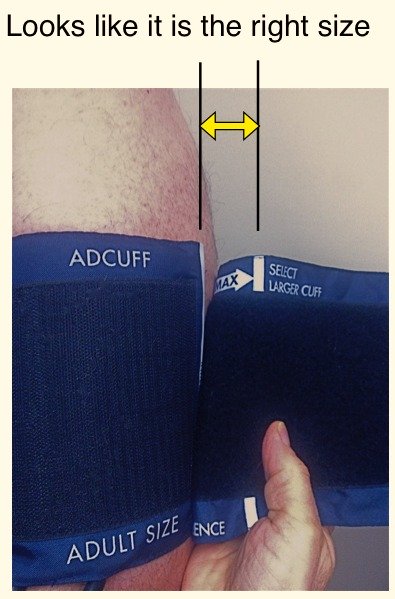
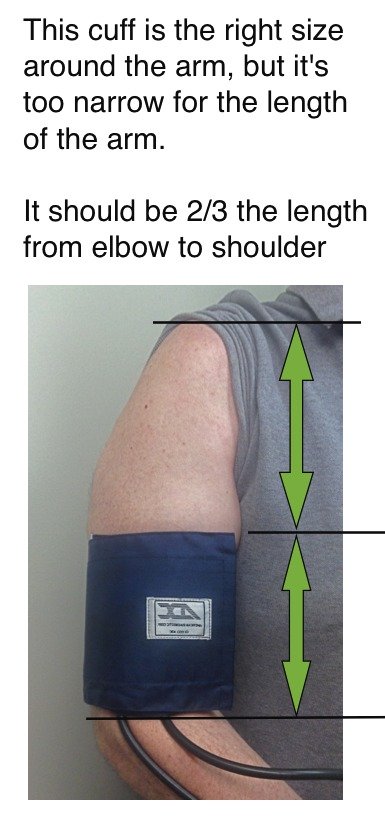
The above cuff is less than half the length of the arm from elbow to shoulder. Notice the difference in readings below.
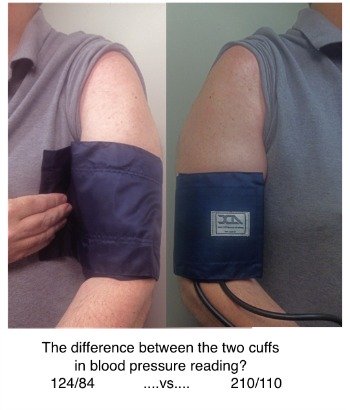
The difference could be blood pressure read fail. It could cost you your health and wealth if you are put on drugs you do not need. You can lower your blood pressure with making sure they use the right size cuff.
How to Read Blood Pressure Properly
What Are The Five Rights of How to Read a Blood PressureIf you are a health care professional and follow the five rights of how to read blood pressure, you will most likely not get a read fail, the wrong or inaccurate blood pressure reading.
If you are having your blood pressure read, make sure the health care professional reads your blood pressure following the five rights. If you have it done correctly, you most likely will not get a false high blood pressure reading.
Thoughts on making sure your health care provider know 'how to read blood pressure correctly.' Do not be obnoxious or look like a know it all with your care provider. However, learn to be quietly assertive. Ask questions. Ask if the cuff is too small or too large. Ask to have it taken again because you are nervous.What does this mean for you is someone does not know how to read blood pressure correctly? It could be the difference between getting a good bill of health and being put on blood pressure medications and the health problems they bring on.
Right Cuff Size
Right Placement
Right Position
Right Preparation
Right PerformanceRight Cuff Size: The right cuff size can make the difference between normal blood pressure and high blood pressure.
How much difference? When testing myself with a small cuff, the BP read 210/110. With the right size cuff, it read 124/74.
Research indicates the smaller the wrong size cuff, the greater the risk of producing an increased blood pressure reading. The difference can be enough to put you in hypertension and potentially be prescribed blood pressure medications that you may not need.
Right Placement: refers to the right place on the arm and so that the arrows are line up in the right spot in relationship to the artery and to measure the blood flow.
Right placement also includes the right location on the arm, around the bicep /triceps. It should be right in the middle.
The Severely Obese OptionResearch indicates that the upper arm may not be as accurate in severely obese patients. The forearm may be more accurate. The Pub Med Abstract on Forearm Blood Pressure Cuff Placement
Right Position: requires the patient sitting, standing or lying depending on the type off blood pressure ordered by the doctor and being recorded. Your feet should be supported and arm that will have blood pressure taken from should be supported. You should be sitting with a back support, feet on the ground or supported, arm at the level of the heart. It is important that you not be talking as the reading is being taken.
Right Preparation: The patient should have emptied his bladder and be resting for about 3 minutes before the blood pressure is taken. While in a hectic hospital environment this is not realistic, the accuracy of the reading likewise needs to be considered an approximation and not an accurate reading.
Ideally you should have consumed water at least 1 hour before your blood pressure is taken. If you use the water cures protocol and your blood pressure is normal, you should likewise take the salt as you normally do.
Right Performance: It may seem a no-brainer that you have to to preform taking the blood pressure right. Yet those taking blood pressures are constantly faced with challenges that force them to compromise. You need to get a blood pressure but don't have the right size cuff. You have to get a number of blood pressures at the start of the shift and patients keep talking or moving as you are taking the blood pressure.
The unavailability of the right blood pressure cuff may result in using the wrong size cuff.
An additional right performance involves the mind of the person taking the blood pressure. All professionals have experienced that hard to hear blood pressure. It is important not to guesstimate the numbers. If you don't get it, take it again.
If a woman and it is the first day of your period, your blood pressure may be harmlessly elevated.
If you have the flu or a cold or just feel ill, your blood pressure may be abnormally high.
It could be high just because you are at the doctors office. When this happens, it is called white coat hypertension.
All of these are factors that need to be taken into consideration before you are put on high blood pressure medications.
Blood Pressure Reading Sounds
There are five distinct types of sounds.
The first snapping sound heard for two consecutive beats is systolic pressure.
The second sets of sounds are murmurs heard between the systolic and diastolic pressures.
Third, a loud, crisp tapping sound.
The fourth heard within 10 mm mercury above the diastolic blood pressure, is a "thumping" and "muting."
The fifth sound is silent as the cuff pressure drops below the diastolic blood pressure. The disappearance of sound is considered diastolic blood pressure – 2 mmHg below the last sound heard.
The second and third Korotkoff sounds have no known significance.
New Thinking on Systolic and Diastolic Blood Pressure
The systolic blood pressure is the pressure at which the first sound is heard and the diastolic blood pressure is the pressure at which the last sound is just barely audible. There is a new movement towards using the fifth sound, which is silence, as the diastolic blood pressure, as this has been felt to be more reproducible.
That Thing that Measures Blood Pressure
That thing that measures blood pressure is called a sphygmomanometers (sphyg-mom-an-om-eters).
There are three kinds of sphygmomanometers: mercury (the one most often seen in a doctors office), aneroid (the face with a dial), and digital (LED numbers on a screen).
How to Read Blood Correctly
Use a properly sized blood pressure cuff. The bladder inside the cuff needs to be at least 80% of the circumference of the arm around the biceps and triceps. It also needs to be 2/3rds the length of the upper arm. If the cuff is only half the length of the arm, it could show an erroneously high blood pressure readings.
The cuff needs to be positioned with the lower edge 1 inch above the antecubital fossa (the inside of your elbow fold).
Lightly press the stethoscope over the brachial artery just below the edge of the cuff (above the inside elbow fold).
Inflate the cuff to 180mm. Release so that the cuff deflates at a rate of (3mm/sec). If your blood pressure is high, you may have to even higher. Generally, 20mm over the last beat you hear stops is where you start.
You will need to both listen (using the stethoscope) and watch the dial of the sphygmomanometer. The first sound (Korotkoff sound) is the systolic pressure. When the sound disappears, that is the diastolic pressure.
It is best to record the pressure in both arms. Note the difference if there is any and the position when the blood pressure is taken. While not all do this in health care, there will be instances where there can be considerable difference.
If the subject's pressure is elevated, according to Dr. Batmanghelidj, take up to 4 additional pressure measurements in rapid succession. The rationale: the bodies response to blood pressure being cut off would be to increase the blood pressure. By taking the reading several times, the body is more readily accepting that the blood circulation cut off is an anomaly and will provide a accurate blood pressure reading.
Note: Taking 4 - 5 readings in rapid succession is not a standard practice in health care. There is no research saying that the current method of waiting one minute between readings is more effective. In practice, it has been our experience that the five readings provides a true reading the last few times it is read.
This page was posted April 22, 2015.
Note that aneroid and digital manometers may require periodic calibration or you may get inaccurate blood pressure readings.
More On How Water Cures High Blood Pressure
Recent Articles
-
Dark Screen Microscopy: What it is, does and what it can tell you.
Jul 07, 19 05:23 PM
Dark Screen Microscopy allows for a BioNutritional Auditi to look at your blood in its whole, live state -
About Water Cures and how water can help improve your health and life
Oct 25, 18 09:38 PM
About water cures: information on the Water Cures Protocol, Dr. Batmanghelidj and the founder of this site, Bob Butts.. -
Water Cures Testimonials
Apr 16, 18 09:26 PM
Water cures testimonials of those who improved their health using the water cures protocol.
October 22, 2018...
Robert Butts, founder of WaterCures.org passed away at the age of 83. He will be missed.
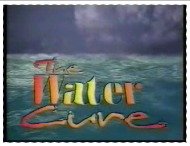
 |
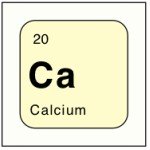 |
Warning: Research shows calcium supplements may be harmful to your health.
| Fixing Blood Disorders
Posted December 2016 |
 |
© 2016 Jonathan Steele
It is amazing how so many things that are new to us were common knowledge in the past. One basic practice of the Water Cures protocol is to drink at least 30-45 minutes before and 2 1/2 hours after a meal. This is not a new thought however. Notice what a magazine from 1925 had to say...
"Drink plenty of water two hours after each meal; drink none just before eating; and a small quantity if any at meal time. Do not take a bath until two hours after eating a meal, nor closer than one hour before eating. Drink a full glass of water both before and after the bath." (Golden Age, Sept. 9, 1925, pp. 784-785)
 |
New in 2016
Cancer 1, Natural Cures 0
The War...is against...
Cancer Natural Cures
---------------------
| Hand Joint Pain: How Can I Make It Go Away? |
 |
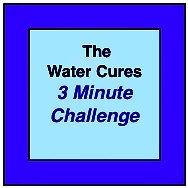 |
to try a no cost, scientifically proven way of improving your well being?
Click Here to try the 3 Minute Challenge
Find them right here!
 Shoulder Joint Pain Relief Shoulder Joint Pain Relief |
 |
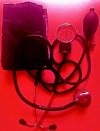 |
What Your Doctor's Not Telling You!
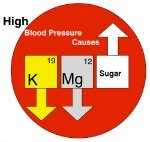 High Blood Pressure Causes High Blood Pressure Causes |
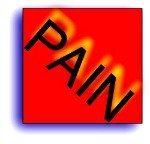 |
 |
We started expanding on the causes...
The weirdest...chimney sweep cancer. You won't believe where it strikes.
Our theory on...
Healthy Hydration for Athletics & the reason for hydration guideline failures in the past.
We speak to organizations small and large, private and corporate.
Our scientifically proven training works to improve performance and decrease lost days due to illness.
We are currently speaking to hospitals to train staff in ways to decrease the readmission rates in several disease processes that pose high risk of <30 day readmission.
We can cut the rates by up to 70%. Ask us how.
Nurse Jon for more information on hydrating to improve performance.
Here is the Science
We are not promoting increased salt intake. We are suggesting taking salt in amounts appropriate to your bodies needs, based on water needs. Our needs are not one size fits all.
Note: Do you have CHF or Kidney Disease? Then.....
THIS IS NOT FOR YOU.
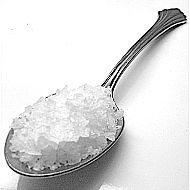 |
Read This Study
And Decide for Yourself
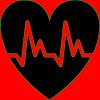 |
For Most of Us, No!
According to a JAMA study.
A Review of the above JAMA Article
Study: Salt May Not Be All Bad?
Listen to your body. Do not use this if you are under a doctors care. Do not stop taking medications without consulting your doctor. If you are on medications, consult your doctor if you start the Water Cures Protocol as it may change your needs.
 |
Click Here to Discover How
 |
Click Here
Sign Up for your biweekly newsletter.
 |
 |
 |
If you are looking for an affordable alternative natural health care for depression, consider the Water Cures protocol.
Like What You're Learning? Please share your likes on Facebook
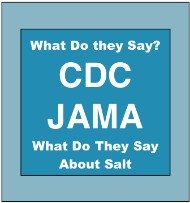 |
 |
 |
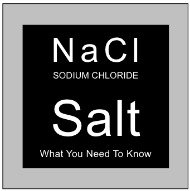 |
Hi, my name is Sharon. The webmaster of this site is my nurse, my personal water coach and my husband.
As this site was first being built, I had a headache and as usual took an Ibuprofen. Impatient for it to start working, I decided to try the Water Cures. I took a pinch of salt and a glass of water. Then I took a second pinch of salt and another glass of water. My headache was gone in less than 5 minutes.
From my personal experience, it usually takes 30 to 45 minutes for Ibuprofen to work. Some have found it takes ibuprofen 24 minutes to start working.
Yet on the Water Cures protocol, my headache was gone in 5 minutes.
Its simple: give your body what it needs and your body will give you what you need, the ability to feel great.
Water Cures was the solution for the elimination of my headache. It is what I will use from now on.
Why not give it a try yourself.
